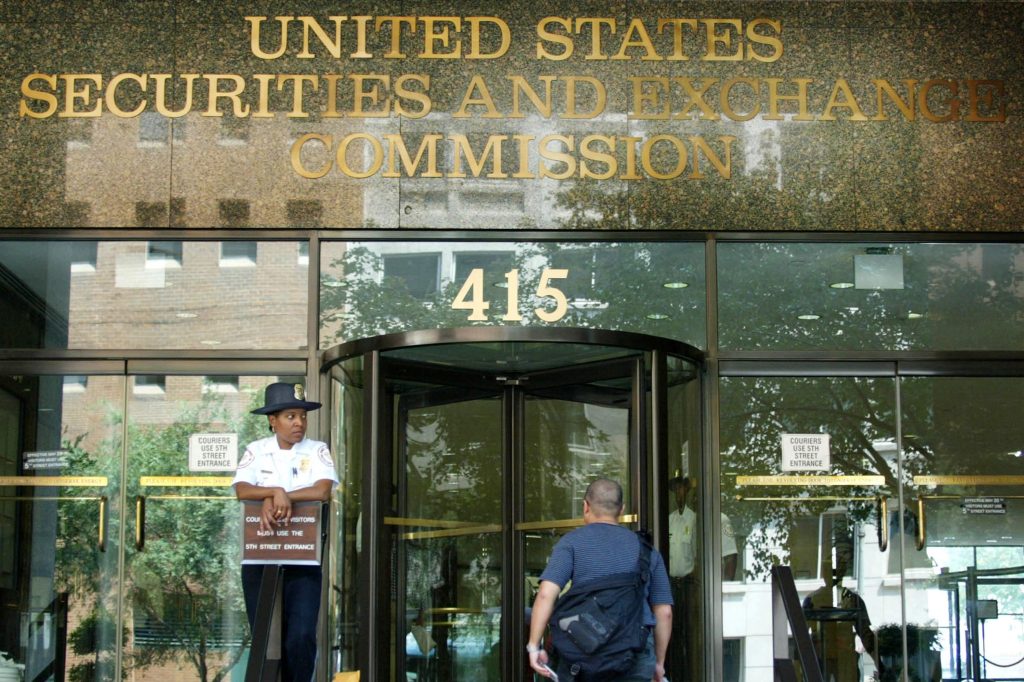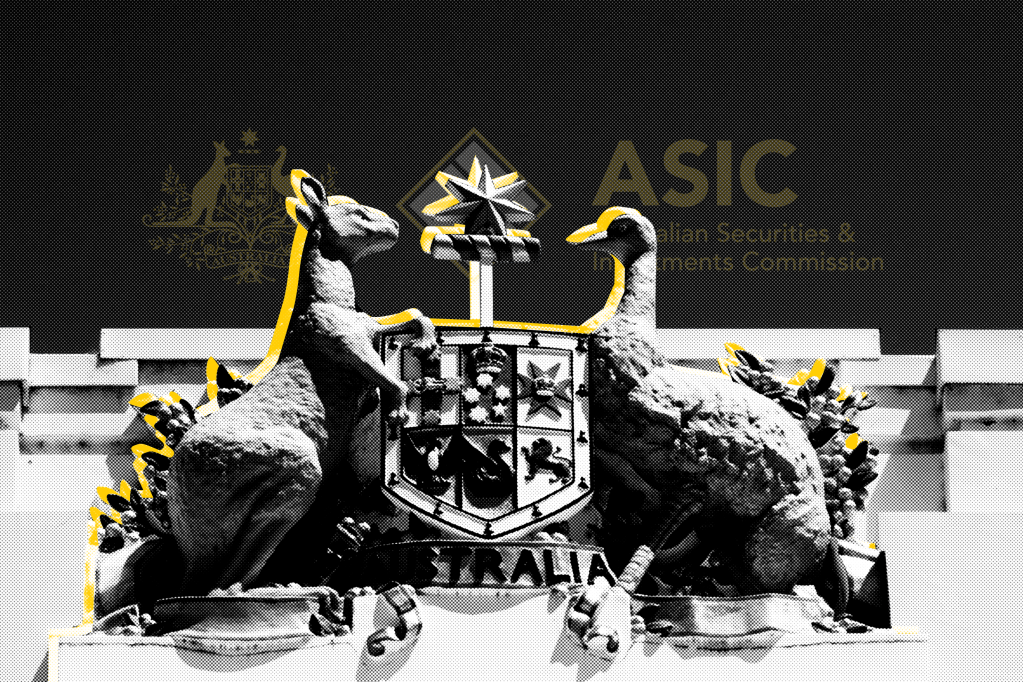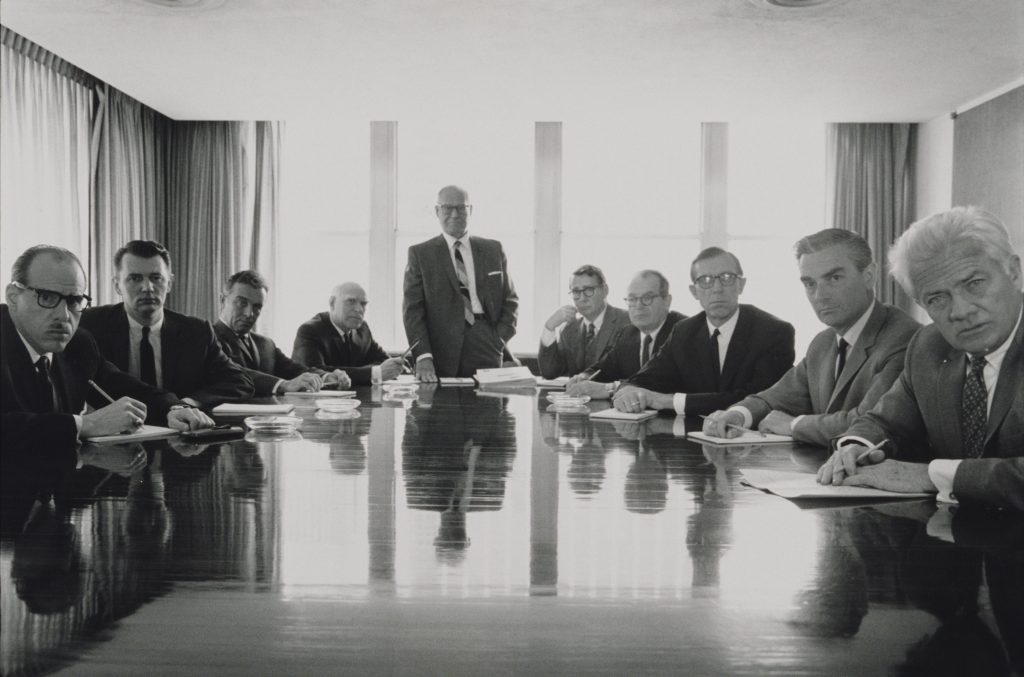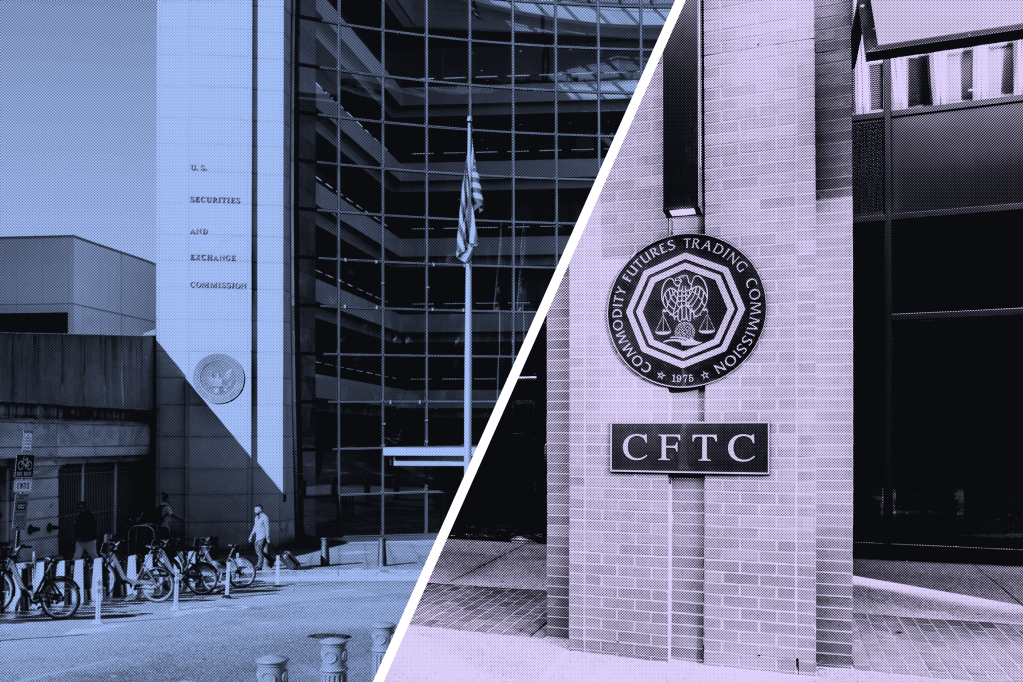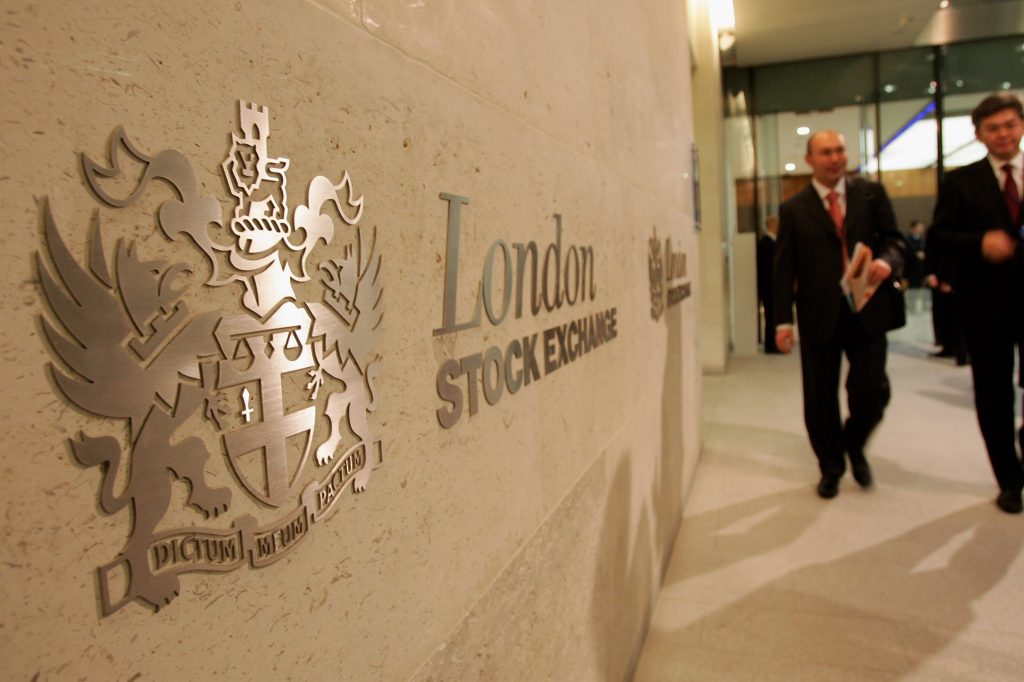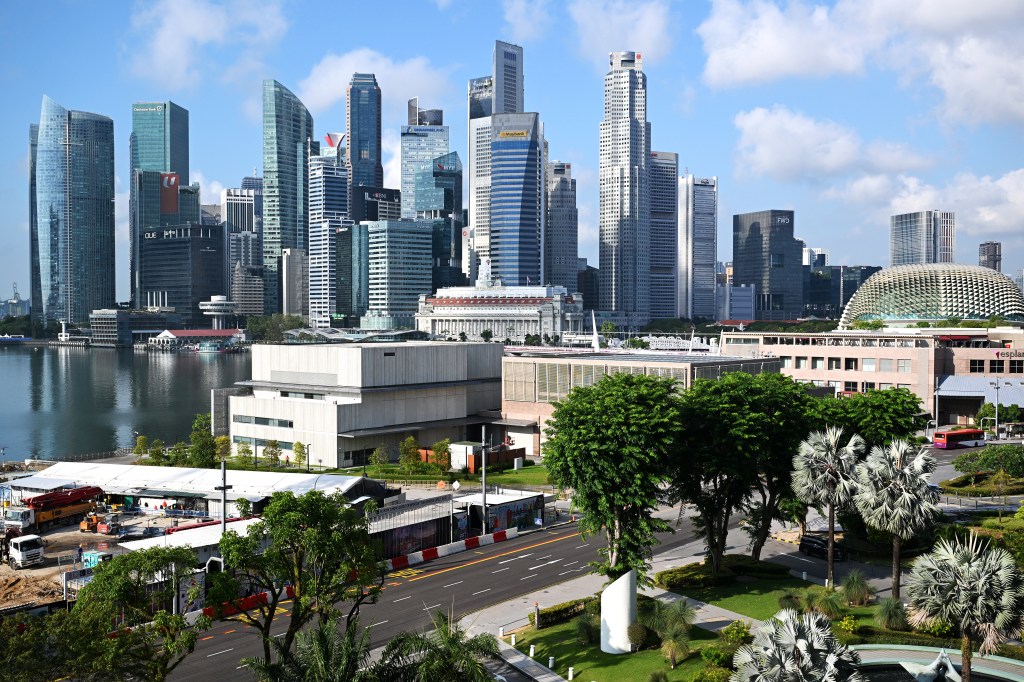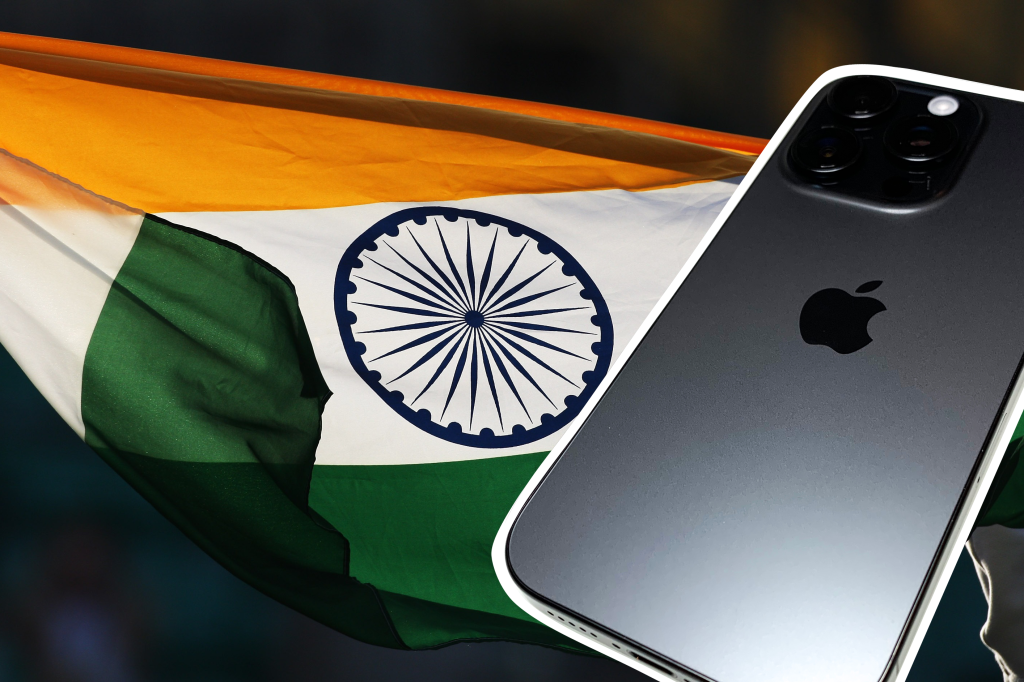In late April, Reuters reported that Apple was accelerating plans to shift the manufacturing of all iPhones sold in the US from China to India by the end of 2026.
The tech giant was said to be discussing operational details with the likes of Foxconn and Tata, and insisted that the
Register for free to keep reading.
To continue reading this article and unlock full access to GRIP, register now. You’ll enjoy free access to all content until our subscription service launches in early 2026.
- Unlimited access to industry insights
- Stay on top of key rules and regulatory changes with our Rules Navigator
- Ad-free experience with no distractions
- Regular podcasts from trusted external experts
- Fresh compliance and regulatory content every day

